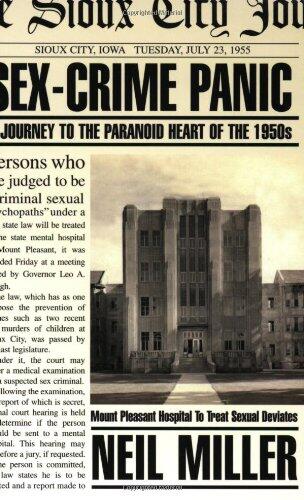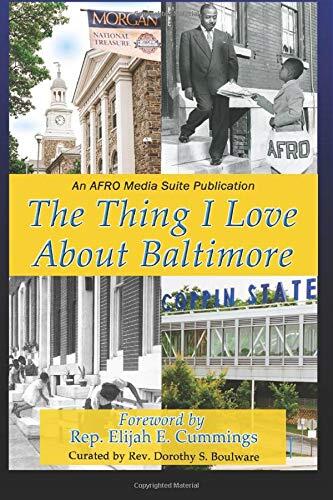
Sex-Crime Panic: A Journey to the Paranoid Heart of the 1950s
por
Neil Miller
Aún sin calificaciones
Children’s
History
LGBTQ+
Formato
Tapa blanda
Páginas
240
Idioma
Inglés
Publicado
Jan 1, 2009
Editorial
Alyson Books
Edición
1
ISBN-10
1555836593
ISBN-13
9781555836597
Descripción
In the mid-1950s, the small town of Sioux City, Iowa, became the backdrop for a series of events that would ignite a local and national frenzy. Following the tragic murders of two children, the community found itself gripped by fear and suspicion, leading to an intense investigation that reflected the era's anxieties. As hysteria mounted, the search for a culprit spiraled out of control, revealing the darker tendencies within society at that time.
Neil Miller takes readers on a captivating journey through this era of paranoia, as he unpacks how fear around crime influenced social dynamics and public behavior. The heart of the 1950s lay exposed, revealing a community that grappled with profound moral questions while struggling to maintain its identity amidst chaos. Through a blend of historical context and compelling narratives, the book examines the consequences of fear-driven responses to crime and the long-lasting impact they had on societal perceptions of safety.
Miller's exploration delves into the psychology of panic, exploring how the escalation of fear transformed not only law enforcement tactics but also everyday life in America. He scrutinizes the media's role in amplifying these fears, illustrating how sensational stories fueled a fervor that often overshadowed the facts.
As the narrative unfolds, readers gain insight into the human experience at the heart of these events—how families, communities, and individuals confronted their own vulnerabilities. In shedding light on a pivotal moment in moral history, Miller challenges us to reflect on the balance between fear and reason in our ongoing relationship with societal safety.
Neil Miller takes readers on a captivating journey through this era of paranoia, as he unpacks how fear around crime influenced social dynamics and public behavior. The heart of the 1950s lay exposed, revealing a community that grappled with profound moral questions while struggling to maintain its identity amidst chaos. Through a blend of historical context and compelling narratives, the book examines the consequences of fear-driven responses to crime and the long-lasting impact they had on societal perceptions of safety.
Miller's exploration delves into the psychology of panic, exploring how the escalation of fear transformed not only law enforcement tactics but also everyday life in America. He scrutinizes the media's role in amplifying these fears, illustrating how sensational stories fueled a fervor that often overshadowed the facts.
As the narrative unfolds, readers gain insight into the human experience at the heart of these events—how families, communities, and individuals confronted their own vulnerabilities. In shedding light on a pivotal moment in moral history, Miller challenges us to reflect on the balance between fear and reason in our ongoing relationship with societal safety.
Reseñas
No hay reseñas aún
Sé el primero en reseñar este libro y compartir tus pensamientos
Añadir Primera ReseñaRegistro de lectura
No se encontraron registros de lectura
Empieza a rastrear tu progreso de lectura para ver los registros aquí
Agrega tu primer registro de lecturaNotas
Registro de transacciones
No se encontraron registros de transacciones
Empieza a rastrear tus transacciones de libros para ver los registros aquí
Agrega tu primer registro de transacciones


![Reports of Cases Argued and Ruled at Nisi Prius, in the Courts of King's Bench & Common Pleas, and on the Circuit Volume 8; From the Sittings in Michaelmas Term, 1823, to [Easter Term, 4 Vict. 1841]](https://images.bookpine.com/4b9c594d-4d58-43b5-97ae-8e008aaad771.jpg)














